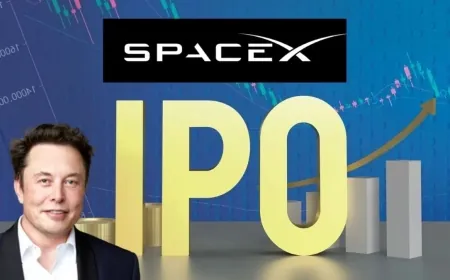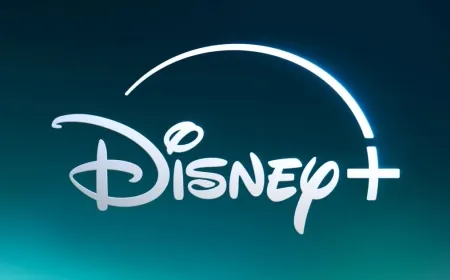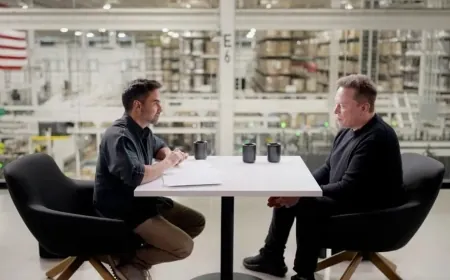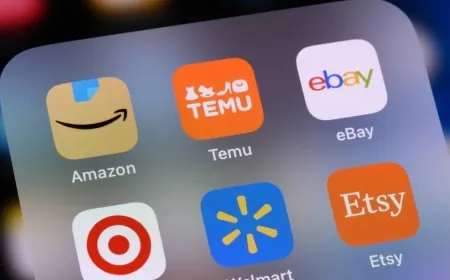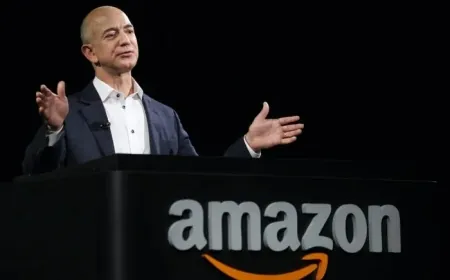The Top AI Companies in 2025 — Who’s Really Leading?
AI is evolving fast, and the biggest tech firms are betting big. With bold moves and high-stakes competition, 2025 could decide who leads the next era of AI.
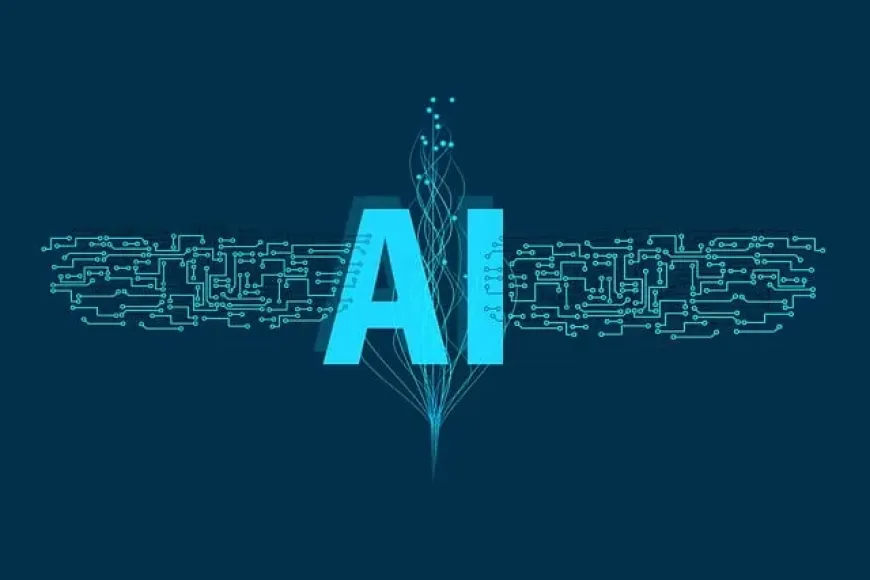
Artificial Intelligence has moved from tech trend to foundational infrastructure. Once experimental, now indispensable, AI is accelerating how businesses operate, how consumers interact with technology, and how companies compete. From corporate giants to disruptive startups, a high-stakes race is underway to lead the next phase of the AI revolution.
Here’s a detailed look at the major players shaping the landscape—and the new alliances, rivalries, and strategies defining the global AI arms race.
OpenAI and Microsoft: Friends, Rivals, and Reluctant Partners
Few partnerships in tech have been more influential—or more complex—than that of Microsoft and OpenAI. The two companies have jointly driven mainstream adoption of generative AI, most notably through ChatGPT, the chatbot that became a global sensation following its 2022 release. OpenAI didn’t stop there—its development pipeline now includes powerful image and video generators, interactive file summarization, and an ecosystem of task-specific GPTs.
Microsoft, which has invested over $13 billion in OpenAI, has embedded the company’s models deep into its own software architecture. Its Copilot assistant is now central to Office, Windows, and Azure. Yet despite their public alignment, tensions over governance have become increasingly visible.
OpenAI is currently restructuring into a public benefit corporation—a move that allows it to raise capital more freely. But Microsoft, which holds a non-voting observer seat on OpenAI’s board, has clashed with leadership over the implications of that shift. Adding to the intrigue, both companies are developing products that compete directly, with OpenAI reportedly working on productivity tools that could rival Microsoft Office, and Microsoft advancing its own suite of in-house large language models.
Despite behind-the-scenes friction, the collaboration continues to yield financial gains. Microsoft reported a 16% growth contribution in its Azure cloud revenue directly tied to AI services, while OpenAI’s revenue run rate has doubled in six months—reaching $10 billion as of June 2025.
Google’s Gemini: From Setback to Strategic AI Core
Google has made no secret of its ambition to lead the AI era—and with Gemini, it’s attempting to infuse every facet of its platform with intelligence. Gemini, based on the company's 2.5 model family, now powers Google Search, Docs, Gmail, YouTube, Maps, and Chrome. Whether drafting an email or booking a hotel, users are increasingly interacting with Google's AI layer without even realizing it.
Yet Gemini’s rollout wasn’t seamless. The launch of AI Overviews in May 2024 led to public ridicule when it surfaced inaccurate—and at times bizarre—search answers. Google has since moved quickly to regain public trust, showcasing next-gen capabilities at its I/O developer conference, including Gemini-powered smart glasses and its upgraded Veo 3 video generation engine.
The platform is now offered in multiple tiers: a free version for general users, a $19.99/month Pro tier for advanced productivity and research, and a $249/month package targeting power users with enhanced models and 30TB of storage across Google services.
Meta’s AI Strategy: Open Weights, Closed Competition
Meta Platforms, parent to Facebook, Instagram, and WhatsApp, is making its AI ambitions clear: it wants to own the ecosystem, not just participate in it. With over $70 billion in available capital and vast data from billions of users, Meta has poured resources into its Llama series of open-weight AI models, allowing developers and companies to customize and deploy them freely—though without access to original training datasets.
While Llama has gained traction in the developer community, the company’s most powerful model, Llama 4 Behemoth, has faced delays. In response, Meta has doubled down on talent acquisition, bringing in high-profile figures from the AI world including Scale AI CEO Alexandr Wang, former GitHub chief Nat Friedman, and Daniel Gross, CEO of Safe Superintelligence.
Meta’s AI systems are already embedded in its apps and devices—from recommendation engines in Instagram Reels to productivity features in its smart glasses. As it builds its own AI stack, the company hopes to reduce reliance on Apple and Google operating systems—an echo of its past battles in the mobile ecosystem.
Anthropic: Building Safer AI in a High-Risk Race
Founded by former OpenAI employees Dario and Daniela Amodei, Anthropic was born out of a belief that AI development needed to be more cautious, ethical, and safety-focused. Since launching in 2021, the company has secured major investments from Amazon and Google, propelling it into the AI big leagues.
Anthropic’s Claude model family powers a range of applications including chat interfaces, document generation, coding, and live web interaction. It also features "artifacts," shareable AI-generated micro-content such as games, templates, and explainer lists.
Legal controversy recently touched the company after accusations of copyright infringement related to its training data. While a federal judge ruled in Anthropic’s favor on one charge, the company still faces trial over the alleged use of pirated books.
xAI: Elon Musk’s Counter-AI Vision
Elon Musk's xAI is taking a unique approach to AI development—one he claims is “aligned with truth” and less filtered than its peers. The company’s Grok chatbot, integrated with the X (formerly Twitter) platform, is positioned as a more opinionated, edgier alternative to mainstream bots.
Grok is powered by a supercomputing project called Colossus, which xAI says will scale to one million GPUs. Despite bold promises, the company has faced criticism for allowing misinformation to pass through its filters—a challenge Musk himself acknowledges as a tradeoff in building “less censored” systems.
Musk’s reentry into the AI space also has a personal history: he co-founded OpenAI in 2015, left after a power struggle, and has since sued the company over its restructuring into a for-profit entity. His accusations—that OpenAI betrayed its original mission to serve humanity—add a dramatic backdrop to his latest venture.
Perplexity: Redefining What AI Search Can Be
Among the rising stars in the AI scene, Perplexity stands out for its real-time, citation-backed search chatbot—a direct challenge to Google’s core business. Led by Aravind Srinivas, a former OpenAI researcher, the platform offers model flexibility, allowing users to query OpenAI's GPT-4.1, Anthropic’s Claude 4.0 Sonnet, Google's Gemini 2.5 Pro, xAI's Grok 3, and Perplexity’s own Sonoar engine.
Perplexity also provides curated topic hubs—“Discover” pages—that deliver AI-enhanced insights on subjects like finance, science, and sports. The company positions itself as a tool for learning, not just quick answers.
Still, its aggressive use of online content has triggered backlash from publishers. Dow Jones recently filed a lawsuit, alleging unauthorized use of proprietary news material in training and responses.
Why 2025 Could Be a Turning Point for the AI Giants
From billion-dollar partnerships to sudden leadership shifts, the AI industry in 2025 is being shaped by aggressive moves and unexpected shake-ups. Major players are no longer just building smarter tools—they’re battling for control over the platforms and ecosystems that define how AI fits into everyday work and life. As competition heats up, the race isn’t just about innovation anymore. It’s about dominance.
Also Read: Forget “Motion Detected” — Your Ring AI Camera Now Tells You What’s Really Happening
|
Follow iShook on Social Media for More Tips and Updates! |





